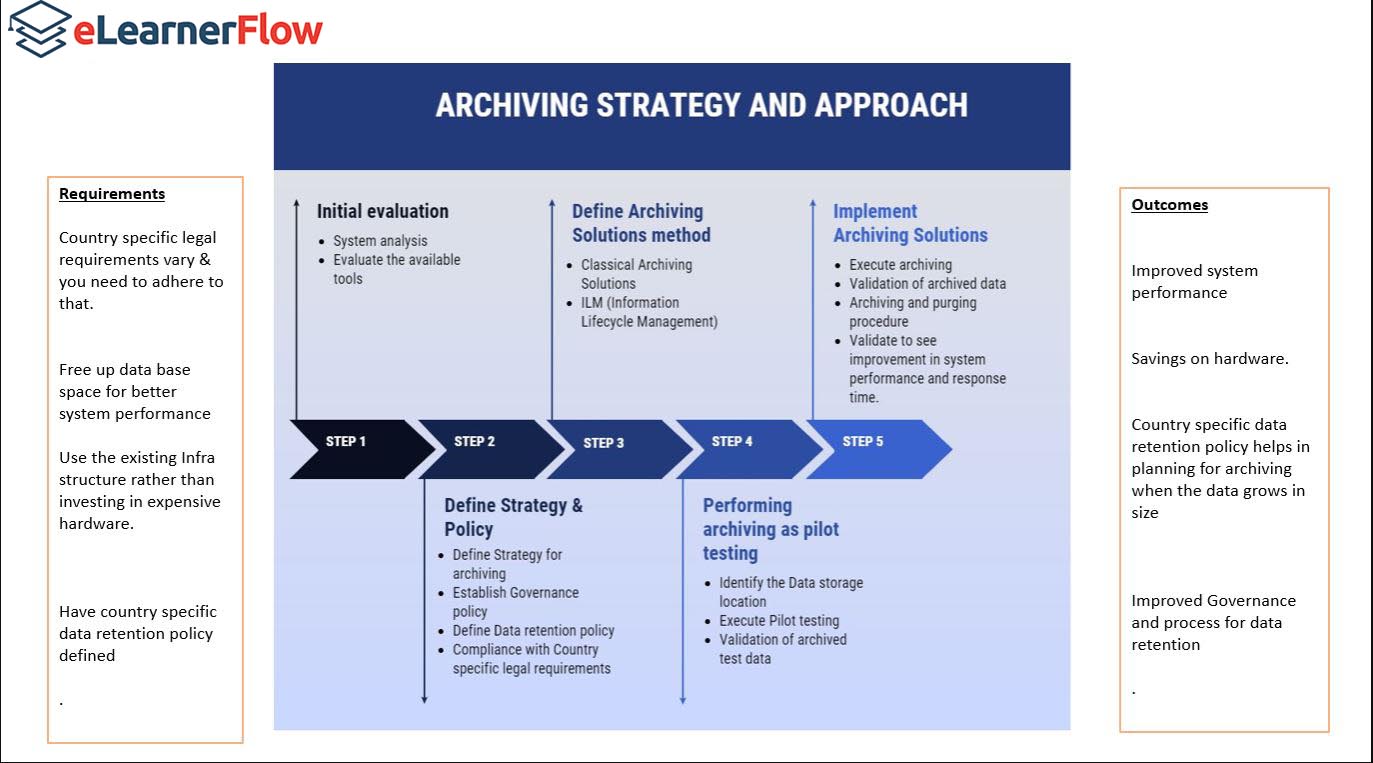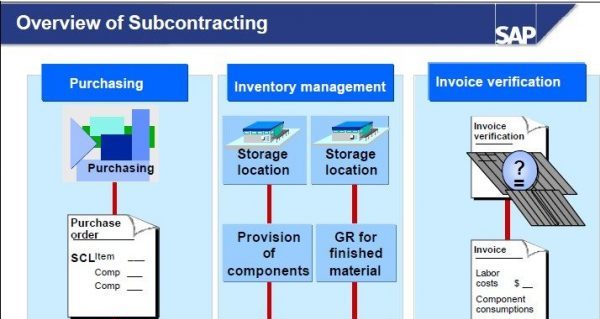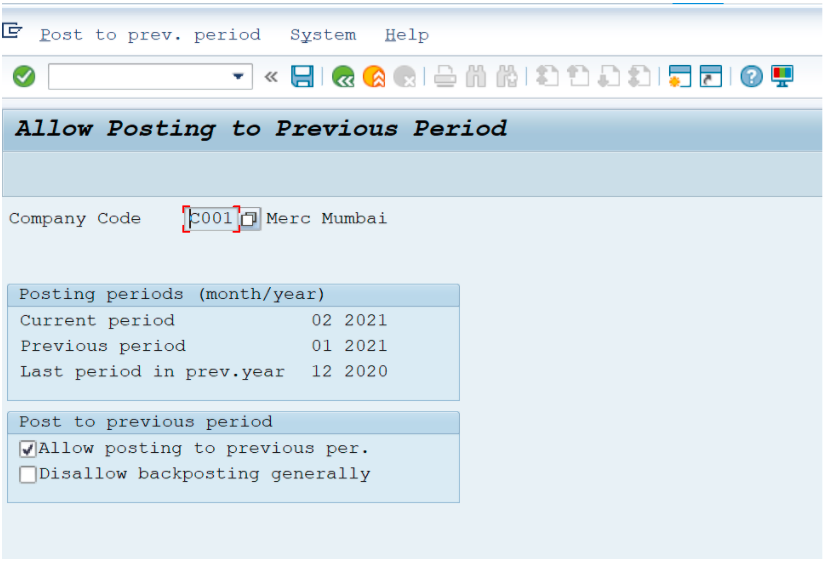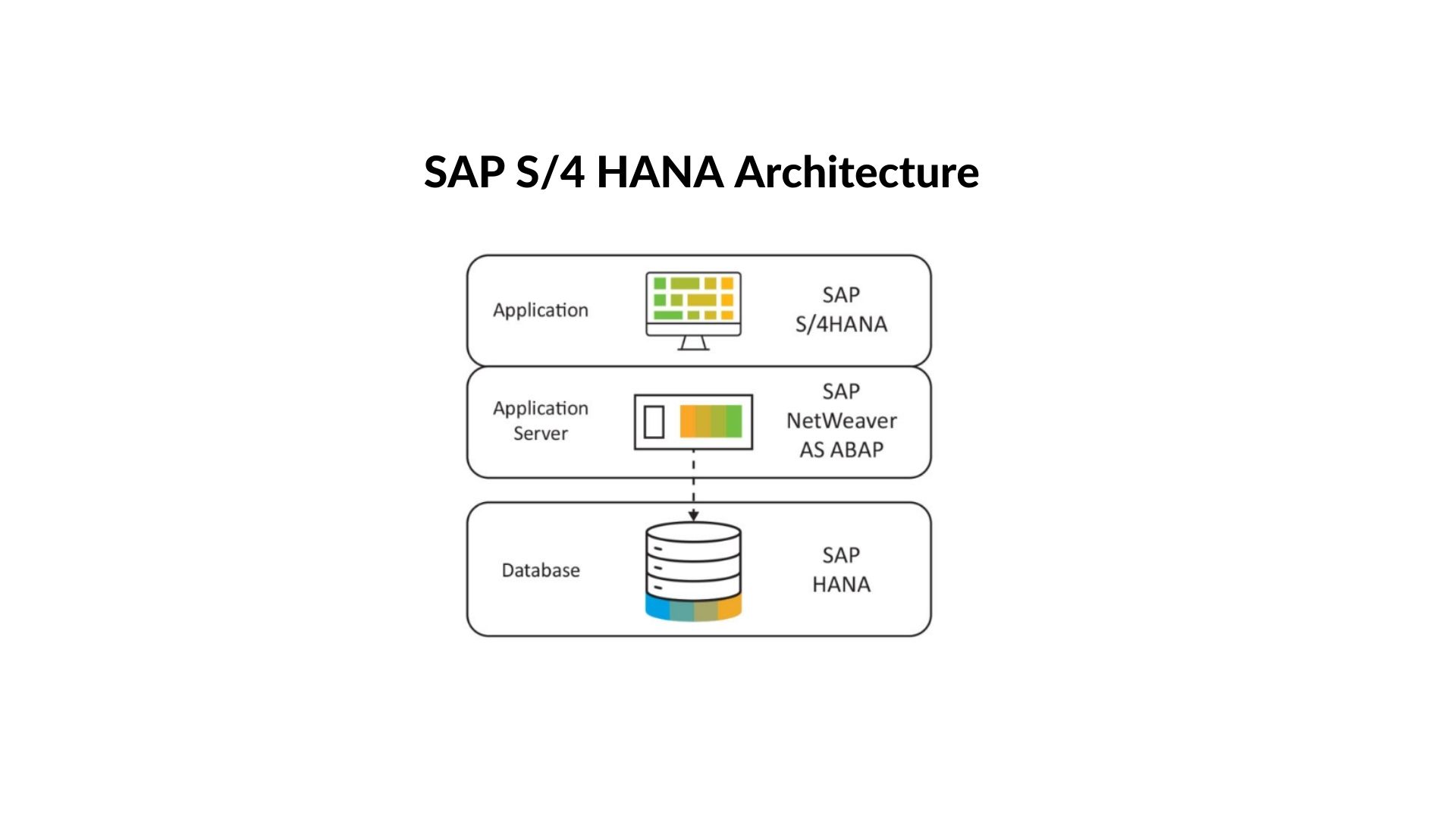ASAP Methodology (Accelerated SAP) is a standard SAP related project preparation and systems implementation method, used and updated by consultants that are involved in implementing SAP software products.
ASAP provides a proven, comprehensive, repeatable, and good implementation methodology to streamline projects. It is made up of differed phases, is a delivery-oriented methodology that minimizes risk and reduces the total cost of implementation. It supports project teams with templates, questionnaires, tools, and checklists, including guides and accelerators.
Over a period of time many enhancements were made to ASAP and there are different versions of it. The latest version is ASAP 8.0.
What is a Methodology?
A methodology can be defined as follows.
” A method describes the activities involved in defining, building, and implementing a system. A method is a framework. Since a method is a logical process for constructing systems (processes).
What are the different software development methodologies?
Different Software development methodologies are waterfall, prototyping, iterative and incremental development, spiral development, rapid application development, and extreme programming.
What is AGILE methodology?
Agile methodology is a practice that promotes continuous iteration of development and testing throughout the software development lifecycle of the project. In the Agile model, both development and testing activities are concurrent, unlike the Waterfall model. Agile methodology will be discussed in detail in another blog.
ASAP ROADMAP

The implementation roadmap has 5 phases:
Project Preparation
- Project Preparation: In this phase the project is formally initiated by having a kick off meeting with the stakeholders and the core IT team. The following tasks are performed in this phase.
- Initial project planning, scoping and goal setting – Project Plan, Project Scope are clearly documented.
- Project Objective is identified
- Plan the Implementation strategy
- Plan the Implementation sequence
- Get a buy in from stakeholders and senior management
- Project kick off – for all the team members and key stake holders presented by CEO, CIO, Program Manager.
- Team Introduction
- Prepare the Project Charter –
- Prepare the Communication Plan – Weekly reporting, Monthly reporting, Formats & Distribution Lists are finalized.
Business Blueprint
- Business blueprint: In this phase the current As-Is business process is understood and the requirements are gathered by the functional consultants. Blueprint workshops are held where the business team and the implementation team meet and discuss on the requirements. These requirements are captured and then validated with the business team. A Gap analysis is done for the gathered requirements. The following activities are performed in the Blueprint phase.
- Refining goals and objectives
- Requirement gathering – Blue print workshops
- As-Is and To-Be process documentation – The idea is to standardize and have a uniform business Processes, that can be followed across the globe.
- Gap analysis – Requirements vs the Fit (what can be done in SAP is a fit and what cannot be done in SAP is a GAP). There are several meetings that are held to discuss the Gaps and find ways to bridge the gap by finding solutions.
- Business Blue Print Documentation
Realization
- Realization: In this phase the base line configuration is done and the solution is built. Integration testing is performed. Configuration is fine-tuned based on the inputs from the business team after the Conference Room Pilot workshops. The below activities are performed during this phase.
- Business process configuration based on blueprint requirement
- RICEFW development – Reports, Interfaces, Conversions, Enhancements, Forms and Workflow
- Build Integration to other systems
- Data Migration – LSMW or other data migration tools are used.
- Development of program interfaces
- Unit testing
- Integration testing
- Configuration and confirmation through Conference Room Pilot (CRP) – Workshop where the Configurations are demonstrated to the core Business team and IT team. Take the inputs and feedback from the business team.
- Make changes to the configurations based on the inputs received from the business team in the CRP.
- Depending on the size of implementation you may have 2 or more CRP.
- Final configuration and confirmation
- Configuration documentation
Final Preparation
- Final Preparation: In this phase User training is provided. A final check is performed before cutover to the new system. The following activities are performed in this phase.
- User training
- Data Migration
- Roles and User authorization, Role mapping
- User Acceptance testing
- Cutover – Setting up the system, moving the configuration, data migration, etc.
Go-Live & Support
- Go-live and Support: In this phase the following activities are performed.
- Migration to production environment
- Post the first transaction as part of Go-live
- Hypercare or Production Support
- Monitoring
- Performance optimization





